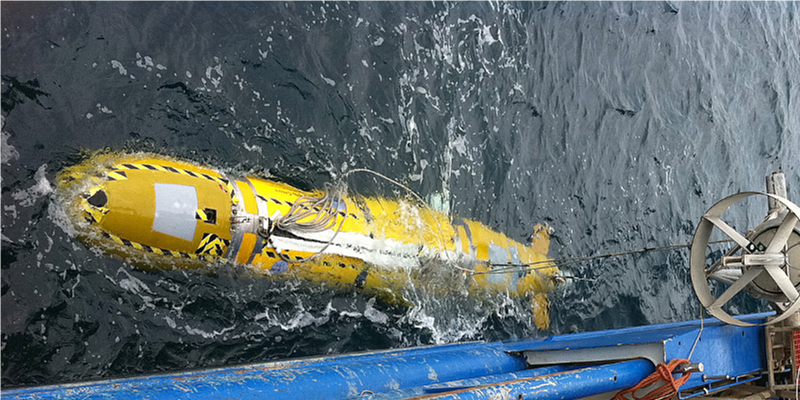
New research has revealed how currents deep on the ocean floor are able to travel thousands of miles.
The team of scientists examined giant density-driven submarine flows in the deep ocean.
The results show that, despite forming spectacular channels on the seafloor - thousands of miles long in some cases - the previous theory relating to density-driven flows as underwater rivers is flawed.
Instead, the flows have more in common with jet streams in planetary atmospheres.
“Our research explains for the first time how these massive flows are able to travel such vast distances.”
The findings are critical to forecasting the real hazard risks these flows can pose to vital seafloor infrastructure, such as submarine telecommunications cables, which carry over 95% of global internet traffic, and oil and gas pipelines.
“These deep-sea channels are some of the least understood natural systems on our planet.”
Professor Jeff Peakall is the project principal investigator, from the School of Earth and Environment at the University of Leeds.
He said: “These deep-sea channels are some of the least understood natural systems on our planet.
“There has been more attention given to the channels on Mars than to these density-driven flows, despite their important role in transporting carbon, nutrients and heat across the deep-sea floor.
“Our research explains for the first time how these massive flows are able to travel such vast distances.
“Improving our understanding of the huge power of these flows will help us better safeguard vital continent-spanning deep-sea infrastructure.”
Marine robotic technology
The findings are published in Nature Communications, with the team coupling detailed flow measurements, made with new marine robotic technology, with recent advances in fluid dynamics.
Previous theory has been restricted because of the difficulties in measuring these typically highly energetic and intermittent flows in the deep ocean, meaning past research on density-driven flow dynamics has largely been based upon limited scale laboratory and numerical models.
The international team of researchers included Leeds, Hull, Southampton, the Middle East Technical and the Istanbul Technical Universities, and the UK National Oceanography Centre.
Dynamics of the Black Sea
The team investigated a continuous density-driven flow generated by dense salty water spilling over from the Mediterranean into the comparatively fresh waters of the Black Sea, via the Bosphorus Strait.
The density-driven flow is focused through a channel on the sea floor and transports 22,000 cubic metres of water every second – a volume comparable to the top 10 largest rivers on the Earth’s surface.
The Black Sea flow provides a unique natural laboratory to study the dynamics of sea floor density-driven flow.
The team measured the density-driven flow in unprecedented detail by flying a state-of-the-art 2.4 tonne, 7 metre submersible marine robot at speeds up to 10 km per hour within a full-scale deep-ocean density current, less than 5m above the seafloor, for the first time.
Dr Dorrell, lead author, from the University of Hull’s Energy and Environment Institute said: “The field measurements represent a true step-change, as the new level of detail provided shows that large-scale mixing processes drive self-organisation in the flow.
"The emergence of self-organisation, from chaotic turbulent fluid motion, is fascinating, operating against preconceived notions of increasing entropy, and demonstrates higher levels of physical complexity than was previously understood.
"By demonstrating self-organisation of the flow, and thus a stable mechanism for reducing mixing with the surrounding water, we are now able to explain how density-driven flows travel so far."
Further information
Contact University of Leeds press office at pressoffice@leeds.ac.uk.